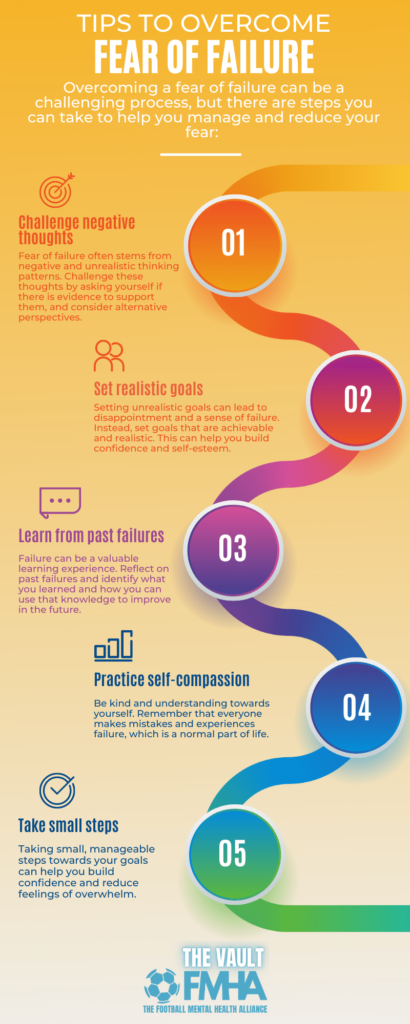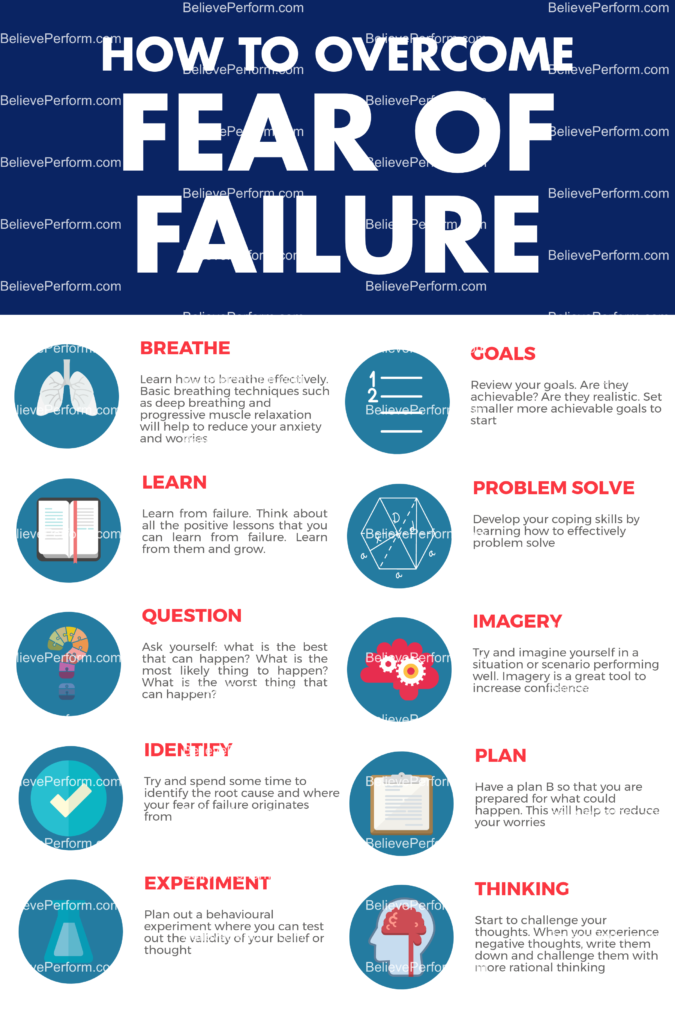If you’ve ever found yourself feeling anxious or unsure when it comes to horseback riding, you’re not alone. Fear can be a common obstacle that prevents riders from fully enjoying this exhilarating activity. But fear doesn’t have to hold you back. In this article, we’ll explore some techniques for overcoming fear and building confidence in horseback riding. Whether you’re a beginner or an experienced rider, these tips and strategies will help you navigate your fears and ride with greater ease and enjoyment. So saddle up and let’s conquer those riding anxieties together!
Understanding Fear
Defining fear
Fear is a powerful and complex emotion experienced by all individuals at some point in their lives. It is a natural response to perceived threats and danger. Fear can manifest in various forms, such as anxiety, phobias, and panic attacks. It triggers physiological reactions in the body, including increased heart rate, adrenaline release, and heightened senses. It is important to distinguish fear from danger, as fear is a subjective response to a perceived threat rather than an objective assessment of actual danger.
Why fear is natural
Fear has been hardwired into our brains as a survival mechanism. In ancient times, fear helped humans detect and respond to threats in their environment, such as predators or other dangers. While we may not face the same physical threats as our ancestors, fear continues to serve an essential purpose in our lives. It helps us stay vigilant and cautious, allowing us to assess risks and make informed decisions. Fear can motivate us to take necessary precautions and actions to protect ourselves and those we care about.
The impact of fear on confidence
Fear can have a significant impact on our confidence levels. When faced with fear, we often experience self-doubt, insecurity, and a lack of belief in our abilities. This can hinder our personal and professional growth, limiting us from reaching our full potential. Fear may lead to avoidance behavior, causing us to miss out on valuable opportunities for growth and success. By understanding and addressing our fears, we can regain control over our confidence and move forward with strength and resilience.
Identifying Personal Fears
Recognizing the root causes of fear
To effectively address and overcome our fears, it is crucial to identify their root causes. Our fears may stem from a variety of sources, including past traumatic experiences, learned behavior, or social conditioning. By exploring our personal history and reflecting on our emotions and triggers, we can uncover the underlying causes of our fears. This self-awareness allows us to develop strategies specifically tailored to overcoming those fears.
Differentiating between rational and irrational fears
It is important to differentiate between rational and irrational fears. Rational fears are based on genuine threats and have an inherent basis in reality, such as fear of physical harm or danger. Irrational fears, on the other hand, are often disproportionate to the actual risk involved. These fears may stem from trauma or anxiety disorders and can significantly impact our daily lives. Recognizing and acknowledging our irrational fears is the first step toward addressing them and regaining control.
Understanding the influence of past experiences
Our past experiences play a significant role in shaping our fears. Negative experiences, such as failure, rejection, or trauma, can create lasting emotional imprints. These experiences can produce fear responses that carry forward into our present lives, even when the situation may not warrant it. By understanding how past experiences have influenced our fears, we can begin to challenge and reframe our beliefs and responses.
Changing Perspectives
Challenging negative thoughts
Fear often feeds on negative thoughts and beliefs. These thoughts can be self-limiting and prevent us from taking risks or pursuing our goals. Challenging these negative thoughts is crucial in overcoming fear and building confidence. By examining the evidence supporting these thoughts and identifying alternative, more positive perspectives, we can reframe our mindset and create space for growth and change.
Practicing positive affirmations
Positive affirmations are powerful tools for combating fear and building self-confidence. By consciously repeating positive statements about ourselves and our abilities, we can rewire our brains to focus on our strengths and potential. Affirmations can help us counteract self-doubt and foster a mindset of self-belief and empowerment. Regularly incorporating positive affirmations into our daily routine can have a profound impact on our confidence levels.
Visualizing success
Visualization is a technique that involves mentally creating a detailed picture of successfully facing and overcoming our fears. By vividly imagining ourselves navigating challenging situations with confidence and competence, we activate the same neural pathways as if we were actually experiencing it. Visualization enhances our self-belief, lowers anxiety, and prepares our minds for success. Regular practice of visualization can help reduce fear and increase our confidence in real-life situations.
Building a Support Network
Importance of surrounding yourself with positive influences
Having a supportive network of people who uplift and encourage us is crucial in overcoming fear. Surrounding ourselves with positive influences can provide us with the necessary emotional support, guidance, and inspiration to confront our fears. These individuals can offer a fresh perspective, share their own experiences, and provide valuable encouragement along our journey toward fearlessness.
Seeking support from friends and family
Friends and family members can be a powerful source of support when facing our fears. Sharing our fears with trusted loved ones allows us to feel understood and validated. They can offer insights, encouragement, and practical assistance, helping us navigate through our fears and challenges. By reaching out to our loved ones, we not only strengthen our relationships but also gain a sense of connectedness and reassurance.
Joining support groups or seeking professional help
Support groups and professional help offer additional resources for overcoming fear. By connecting with individuals who are going through or have overcome similar fears, we can find solace and inspiration in their stories. Support groups provide a safe space to share experiences, gain new perspectives, and learn coping strategies. Professional help, such as therapy or coaching, can offer specialized guidance and strategies tailored to individual needs.

Developing Coping Strategies
Breathing exercises to manage anxiety
Breathing exercises are simple yet effective techniques for managing anxiety and fear. Deep diaphragmatic breathing helps activate the body’s relaxation response, reducing physiological symptoms of fear and anxiety. By focusing on slow, deep breaths and exhaling fully, we signal to our body that we are safe and in control. Regular practice of breathing exercises can help regulate our emotions and promote a sense of calm and clarity.
Progressive muscle relaxation techniques
Progressive muscle relaxation is a technique that involves tensing and releasing specific muscle groups, promoting physical and mental relaxation. By consciously tensing and then relaxing muscles throughout the body, we can release built-up tension and reduce anxiety. This technique helps us become more aware of physical sensations and encourages relaxation, making it a valuable tool for managing fear and stress.
Mindfulness and meditation practices
Mindfulness and meditation practices cultivate present-moment awareness and help us detach from negative thoughts and emotions. By focusing on the present, we can better regulate our responses to fear and anxiety. Mindfulness techniques involve observing our thoughts and sensations without judgment, while meditation practices often involve guided visualizations or focus on the breath. Regular practice of mindfulness and meditation can increase our ability to navigate fear with clarity and composure.
Gradual Exposure
Understanding the concept of gradual exposure
Gradual exposure is a systematic approach to facing and overcoming fears. It involves gradually exposing ourselves to the feared situation or stimulus in a controlled and safe manner. By starting with situations or stimuli that evoke minimal fear and gradually progressing to more challenging ones, we allow ourselves to build confidence and resilience over time. Gradual exposure helps desensitize our fear response and gives us an opportunity to learn that we can effectively cope with our fears.
Creating a step-by-step plan for facing fears
To implement gradual exposure effectively, it is essential to create a step-by-step plan. Breaking down the fear-inducing situation or stimulus into manageable steps allows us to approach it in a structured and progressive manner. Each step should be slightly more challenging than the previous one but still within our current comfort zone. By systematically working through these steps, we can gradually expand our capacity to face our fears.
Celebrating small victories
Celebrating small victories along the way is a vital aspect of overcoming fear. Each successful step taken is an accomplishment worth acknowledging and celebrating. By recognizing and appreciating our progress, we reinforce positive associations with facing our fears. Celebrating small victories also provides motivation and encouragement to continue moving forward, reminding us that we are capable of overcoming even the most significant challenges.

Acquiring New Skills
Gaining knowledge and expertise
Acquiring new knowledge and expertise is an effective way to build confidence in a specific area related to our fears. By taking the time to learn about the source of our fears, we can gain a deeper understanding and develop strategies for managing them. Whether it is through reading books, attending workshops, or engaging in online courses, expanding our knowledge allows us to approach our fears from a position of strength and empowerment.
Taking classes or workshops
Taking classes or workshops directly related to our fears can provide valuable insights and practical skills. These learning opportunities offer a structured environment to gain hands-on experience and guidance from experts. By actively participating in these learning experiences, we can gradually expose ourselves to our fears in a supportive and controlled setting. This process helps build competence and confidence in confronting our fears.
Building competence through practice
Building competence in the areas linked to our fears requires consistent practice. Practicing the skills and strategies we have learned allows us to experience success and reinforces our belief in our abilities. Whether it is public speaking, driving, or any other fear we may have, regularly engaging in activities that challenge and stretch us helps build competence, reducing fear and increasing confidence.
Setting Realistic Goals
The importance of setting achievable goals
Setting achievable goals is crucial in overcoming fear and building confidence. When we set unrealistic or unattainable goals, we set ourselves up for disappointment and reinforce feelings of failure. By setting goals that are within our capabilities and align with our current abilities, we create opportunities for success. Achieving these goals boosts our confidence and provides momentum for tackling more significant challenges.
Breaking down goals into manageable tasks
Breaking down larger goals into smaller, manageable tasks makes them more approachable and less overwhelming. Each task becomes a stepping stone toward achieving the overall goal, allowing us to make steady progress. By focusing on one task at a time, we can reduce anxiety and build confidence through the completion of each individual step. Breaking down goals into manageable tasks helps us stay motivated and engaged throughout the journey.
Tracking progress and celebrating milestones
Tracking our progress and celebrating milestones is an essential aspect of overcoming fear and maintaining motivation. By monitoring our progress, we can evaluate our growth and identify areas for improvement. Each milestone reached is an opportunity to acknowledge our accomplishments and reflect on the progress made. Celebrating milestones reinforces our confidence and provides a sense of fulfillment, encouraging us to continue pushing forward.

Focusing on Self-Care
Prioritizing physical well-being
Taking care of our physical well-being is necessary for maintaining overall health and resilience in the face of fear. Engaging in regular exercise, getting enough sleep, and practicing healthy eating habits provide a solid foundation for emotional well-being. Physical activity releases endorphins, which elevate mood and reduce stress. Prioritizing physical well-being helps us build physical and mental strength, enabling us to face our fears with greater resilience.
Nurturing mental and emotional health
Nurturing our mental and emotional health is essential when overcoming fear. Engaging in activities that promote relaxation, such as reading, journaling, or listening to music, helps reduce stress and anxiety. Seeking therapy or counseling can provide valuable support and guidance in addressing underlying emotional challenges associated with fear. Taking time for self-reflection and engaging in practices that promote emotional well-being are integral to building confidence.
Engaging in activities that bring joy and relaxation
Engaging in activities that bring joy and relaxation can help counteract fear and anxiety. Whether it is spending time in nature, practicing a creative hobby, or socializing with loved ones, these activities help us recharge and cultivate positive emotions. By intentionally incorporating joy and relaxation into our daily lives, we create a sense of balance and reduce the impact of fear on our overall well-being.
Maintaining a Growth Mindset
Embracing challenges and setbacks as opportunities
Maintaining a growth mindset involves embracing challenges and setbacks as opportunities for growth and learning. Rather than viewing failures or rejections as personal deficiencies, we can reframe them as stepping stones toward progress. Embracing challenges allows us to stretch our capabilities, learn valuable lessons, and build resilience. By cultivating a growth mindset, we free ourselves from the limitations of fear and open up possibilities for personal development.
Believing in the ability to learn and improve
Believing in our ability to learn and improve is a fundamental aspect of overcoming fear. By recognizing that our skills and abilities are not fixed, we open ourselves up to continuous growth and development. Every challenge and fear we face becomes an opportunity to learn, adapt, and refine our approach. Cultivating a belief in our capacity for growth empowers us to face fear head-on with confidence and optimism.
Seeking continuous self-development
Seeking continuous self-development is a proactive way to combat fear and nurture personal growth. By investing in ourselves through reading, attending seminars, or engaging in online courses, we continually expand our knowledge and skills. Continued learning fuels our confidence and equips us with new strategies and perspectives for overcoming fear. By embracing a lifelong journey of self-improvement, we create a mindset that thrives in the face of fear.
Facing Fear Head-On
Taking calculated risks
Facing fear head-on requires taking calculated risks. It involves stepping out of our comfort zones and intentionally engaging with situations that evoke fear. Taking calculated risks allows us to broaden our experiences, challenge our limiting beliefs, and expand our comfort zones. By carefully assessing the potential risks and benefits, we can make informed decisions and take action, propelling ourselves forward on our journey toward fearlessness.
Learning from failures and rejections
Failures and rejections are inevitable in life, but they also present valuable opportunities for growth. Instead of allowing fear of failure or rejection to hold us back, we can reframe these experiences as chances to learn and improve. Each failure or rejection becomes a lesson that helps refine our approach and build resilience. By embracing these experiences, we become stronger and more equipped to face future challenges.
Embracing discomfort and pushing boundaries
Embracing discomfort and pushing our boundaries is essential in overcoming fear. Growth and progress often occur outside our comfort zones. By willingly exposing ourselves to discomfort and challenging situations, we expand our capacity to handle fear and uncertainty. Embracing discomfort builds resilience and provides a sense of accomplishment. It allows us to redefine our limits and create unlimited possibilities for personal and professional growth.
By understanding fear and its impact on our lives, identifying our personal fears, changing our perspectives, building a support network, developing coping strategies, gradually exposing ourselves to fears, acquiring new skills, setting realistic goals, focusing on self-care, maintaining a growth mindset, and facing fear head-on, we can overcome our fears and build lasting confidence. Remember, overcoming fear is a journey, and each step we take brings us closer to living a life free from limitations.

